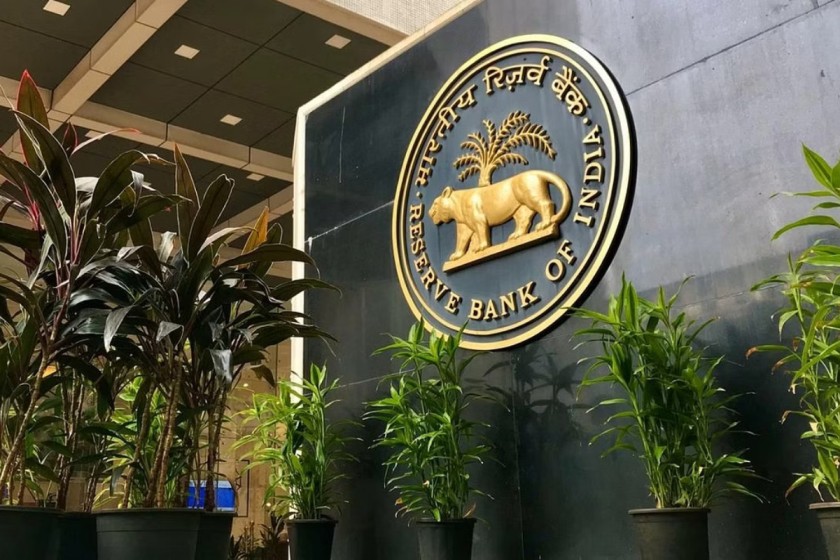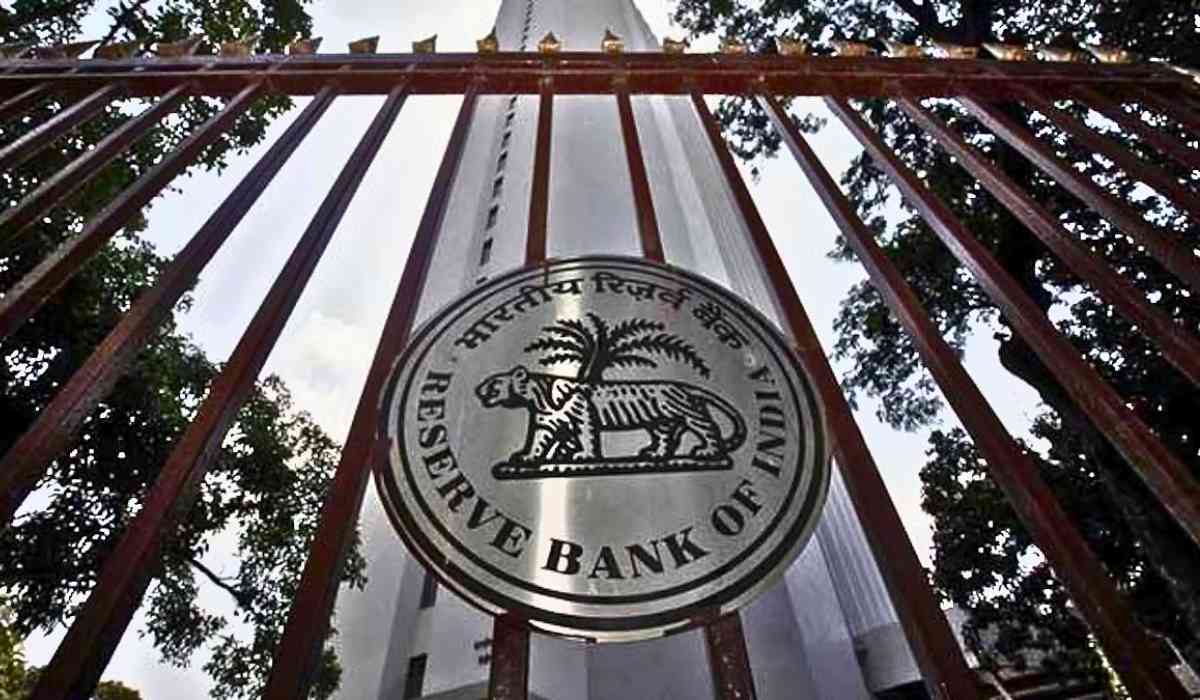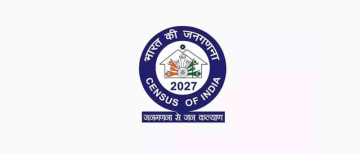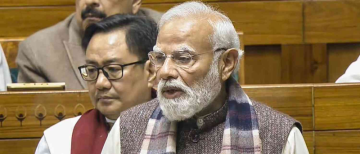On February 7, 2025, the Reserve Bank of India (RBI) made a big decision that might just affect your piggy bank and your parents' wallets! The RBI decided to cut the repo rate by 0.25% to 6.25%. This is the first time in nearly five years that the RBI has reduced this rate, a move intended to boost the economy by making borrowing cheaper. But what does this mean for you, a student? Let's break it down in simple terms.

What is the Repo Rate?
Imagine the RBI as the bank for all banks. When banks like ICICI or State Bank of India need money, they borrow from the RBI. The rate at which they borrow is called the repo rate. So, when the RBI cuts the repo rate, it's like giving a discount to these banks.
How Does It Affect You?
- Lower Interest Rates: Banks might lower their interest rates on loans. This means your parents could get cheaper loans for things like buying a car or even renovating your house. If your parents have ongoing loans, their monthly payments (EMIs) might decrease, leaving them with a bit more money.
- Easier Access to Credit: With lower interest rates, banks are more likely to lend money. This could be good for businesses, which might expand and create more jobs. More jobs could mean more opportunities for you in the future!
- Impact on Savings: On the flip side, lower interest rates might mean that your savings account won't earn as much interest. So, while borrowing becomes cheaper, saving might become a little less attractive.
- Share Market: The share market remained neutral after the cut. Rate-sensitive stocks such as banking, auto, and realty experienced mixed reactions as lower interest rates are expected to increase consumption.
Why Did the RBI Do This?
The RBI wants to boost economic growth by encouraging spending and investment. By making borrowing cheaper, they hope people and businesses will spend more money, which helps the economy grow. The decision to cut the repo rate was influenced by declining inflation rates and the need to support economic growth. The RBI projects a GDP growth of 6.7% and retail inflation at 4.2% for the fiscal year 2025-26.
Caveats
- Inflation: Lower rates can sometimes lead to higher prices because there's more money in circulation. The RBI needs to keep a close eye on this to make sure things don't get too expensive.
- Global Factors: The RBI's decision also depends on what's happening around the world, like global trade policies and economic stability.
In short, the RBI's rate cut is like a small push to help the economy grow. It could lead to cheaper loans for your family and more opportunities in the future, but it's also something the RBI needs to manage carefully to keep prices in check.

How will the RBI rate cut impact student loans?
The RBI rate cut can affect student loans in several ways:
- Floating Interest Rates If a student has a loan under the repo rate-linked floating interest rate system, the banks will likely pass on the benefit of the rate cut by reducing the EMIs. The floating interest rate system allows the EMIs to adjust as per the RBI’s repo rate. As the RBI cuts interest rates, these rates come down.
- New Borrowers New student loan borrowers may be able to get lower interest rates on loans.
- Reduced EMIs A repo rate cut is expected to provide relief to borrowers as loan EMIs are likely to go down. A lower repo rate makes borrowing cheaper for individuals and businesses, which can lead to increased spending and investment, thereby boosting economic growth.
- Savings Calculation According to Adhil Shetty, CEO of BankBazaar, a rate cut can translate into significant savings for home loan borrowers. If a borrower refinances their loan to a rate lower by 50 basis points (0.5%), they can save ₹14,480 per lakh over the remaining tenure, translating to nearly 15% savings per lakh.
Are there any specific student loan programs that will benefit more from the rate cut?
The RBI rate cut can impact student loans, particularly those with floating interest rates. Here’s how:
- Floating Interest Rate Loans: Students with loans under a repo rate-linked floating interest rate system may see reduced EMIs as banks pass on the benefit of the rate cut. Floating interest rates allow EMIs to adjust with changes to the RBI’s repo rate.
- New Borrowers: New student loan applicants might secure loans with lower interest rates.
- Potential Savings: Rate cuts are expected to provide relief to borrowers as loan EMIs are likely to decrease.

Keep in mind the following information regarding student loans:
- Federal Student Loans in the US: Interest rates are fixed for the life of the loan, are easier for teenagers to get, and have more generous repayment terms. Rates are set each year on July 1, based on a formula tied to the 10-year Treasury bond auction in May.
- Private Student Loans in the US: These can have fixed or variable rates, and often require a co-signer. Interest rates depend on credit score.
- SAVE Plan (US): Enrolling in the SAVE plan may lower the interest rate to 0% while the case challenging the plan is pending in court. If the plan survives the lawsuit, borrowers can receive a subsidy that covers the monthly unpaid interest on the loan. The REPAYE plan, which the SAVE plan replaces, also offers an interest subsidy that covers half of the excess interest.
With inputs from agencies
Image Source: Multiple agencies
© Copyright 2024. All Rights Reserved Powered by Vygr Media.






















